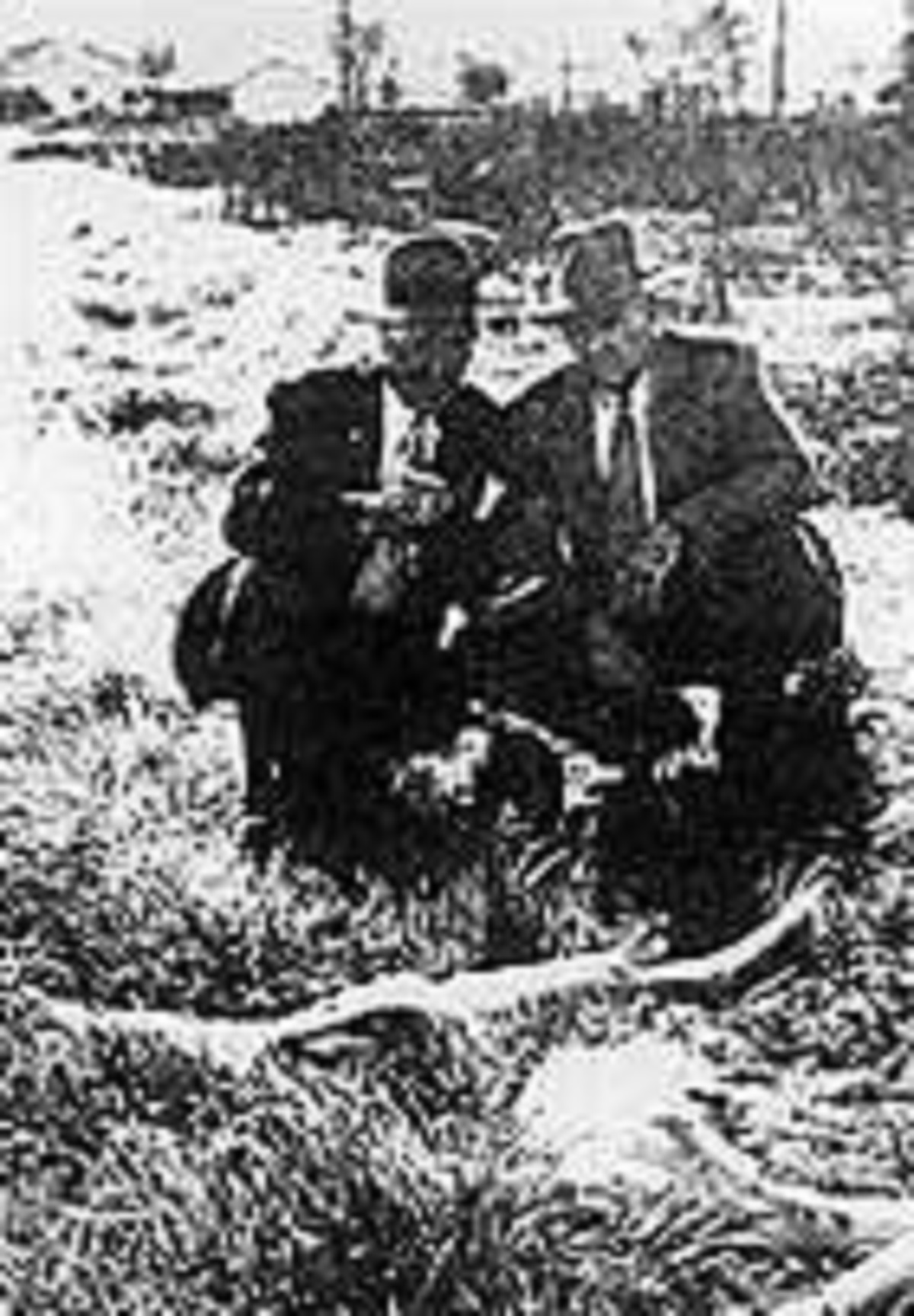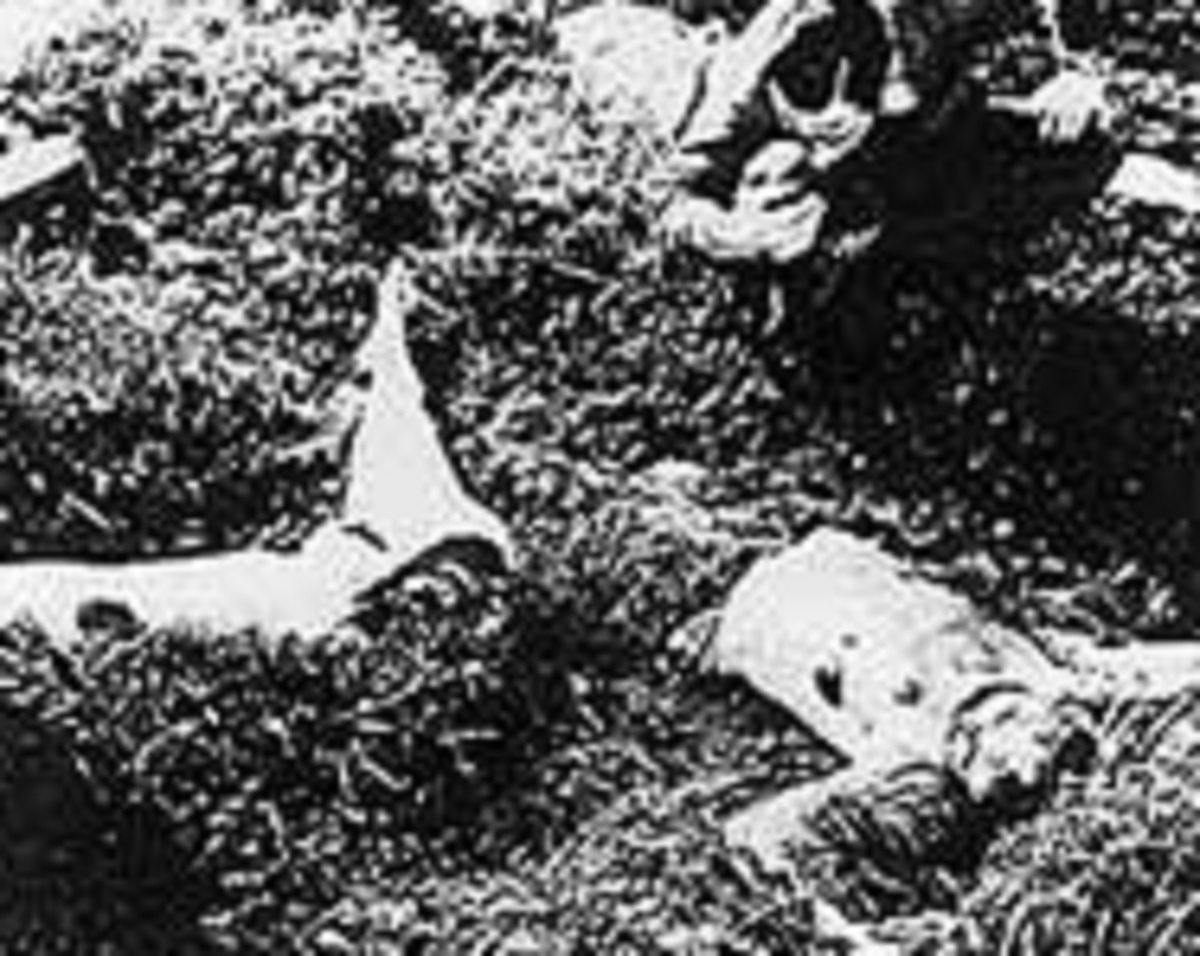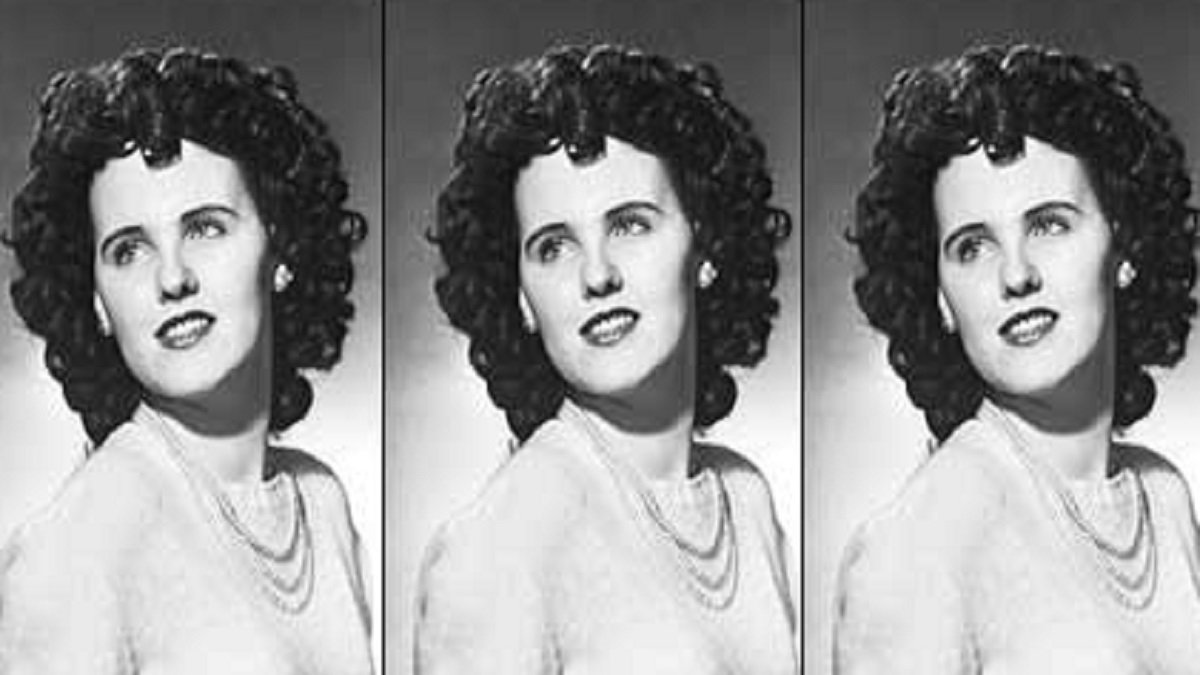When you hear the name Elizabeth Short, it’s hard not to be intrigued by the dark mystery surrounding her life and death. The story of the Black Dahlia continues to haunt true crime enthusiasts worldwide, leaving behind questions that may never be answered. Her tragic fate became one of the most infamous unsolved cases in American history, sparking debates, theories, and even conspiracy stories that linger to this day. But what exactly happened during the Elizabeth Short autopsy? What did investigators uncover when they examined her body? Let’s peel back the layers of this chilling case.
Elizabeth Short, known posthumously as the Black Dahlia, was just 22 years old when her life was cruelly taken on January 15, 1947. Her mutilated body was discovered in a vacant lot in Los Angeles, sparking shockwaves across the nation. The gruesome details of her death captured public attention, but it was the findings from her autopsy that painted an even darker picture of her final moments.
This article dives deep into the Elizabeth Short autopsy report, uncovering the shocking revelations that emerged from the examination of her remains. We’ll explore the medical findings, the implications, and how this forensic analysis shaped the investigation into her murder. If you’re ready to delve into the chilling world of true crime, let’s get started.
Read also:Trump To Sign Executive Order To Dismantle Us Education Department The Gamechanging Move
Table of Contents
- Biography of Elizabeth Short
- The Discovery of Elizabeth Short's Body
- The Autopsy Process
- Key Findings from the Autopsy
- Forensic Evidence and Analysis
- Theories Surrounding Elizabeth Short's Death
- Media Impact on the Case
- The Police Investigation
- Public Reaction and Legacy
- Conclusion
Biography of Elizabeth Short
Before we dive into the autopsy, let’s take a moment to understand who Elizabeth Short really was. Born on July 29, 1924, in Boston, Massachusetts, Elizabeth grew up in a modest family. She moved around frequently during her childhood, eventually landing in Florida and then California, where she worked various jobs to make ends meet.
Elizabeth was known for her striking beauty and charm, often turning heads wherever she went. However, beneath the surface lay a complex young woman searching for purpose and belonging. Her life took a tragic turn when she became entangled in the wrong circles, leading to her untimely demise.
Personal Information About Elizabeth Short
| Full Name | Elizabeth Short |
|---|---|
| Nickname | The Black Dahlia |
| Date of Birth | July 29, 1924 |
| Place of Birth | Boston, Massachusetts |
| Date of Death | January 15, 1947 (approximate) |
| Cause of Death | Strangulation and severe mutilation |
Her tragic end left behind a legacy of mystery and intrigue, making her one of the most talked-about figures in true crime history.
The Discovery of Elizabeth Short's Body
It was a chilly morning in January when a woman named Betty Bersinger stumbled upon something horrifying while walking her three-year-old daughter in Leimert Park, Los Angeles. There, lying in a vacant lot, was the lifeless body of Elizabeth Short. The sight was beyond grotesque – her body had been brutally mutilated, with cuts so severe that her torso was split in half at the waist.
Bersinger immediately called the police, and within hours, the scene was swarming with investigators. The discovery sent shockwaves through the city, as the media quickly dubbed her “The Black Dahlia,” a nickname inspired by a popular film noir movie of the time.
Initial Observations at the Scene
- Elizabeth’s body was found face-up, with her hands positioned above her head.
- Her face had been meticulously cleaned, almost as if someone had attempted to stage the scene.
- There were no signs of a struggle nearby, suggesting she might have been killed elsewhere and transported to the location.
These initial observations set the stage for what would become one of the most baffling investigations in history.
Read also:Miami Wildfire Near Homesteadmiami Speedway A Burning Concern
The Autopsy Process
The Elizabeth Short autopsy was conducted by Dr. Frederick Newbarr, the Los Angeles County Coroner at the time. The procedure began shortly after her body was transported to the morgue, where a team of forensic experts meticulously examined every inch of her remains.
Dr. Newbarr and his team faced a daunting task. The condition of Elizabeth’s body was beyond severe, with extensive injuries that required careful documentation and analysis. The autopsy process involved several stages, including external examination, internal examination, and toxicology testing.
Tools and Techniques Used During the Autopsy
- External examination: Investigators noted the deep cuts on her body, including the infamous bisected torso.
- Internal examination: Organs were carefully removed and analyzed for signs of trauma or disease.
- Toxicology testing: Blood and tissue samples were tested for the presence of drugs, alcohol, or poisons.
Each step of the process revealed new clues about Elizabeth’s final hours, painting a grim picture of her last moments.
Key Findings from the Autopsy
The Elizabeth Short autopsy report uncovered some truly disturbing details about her death. Investigators found that Elizabeth had suffered multiple injuries before her death, including fractures to her jaw and face. Her throat had been slashed from ear to ear, and her body had been bisected at the waist, a signature move that would come to define the case.
One of the most chilling discoveries was the presence of ligature marks around her neck, indicating that she had been strangled before her body was mutilated. Additionally, the absence of blood at the scene suggested that she had been killed elsewhere and transported to the vacant lot where she was found.
Medical Insights from the Autopsy
- Cause of death: Strangulation, followed by severe mutilation.
- Time of death: Estimated to be around 10-12 hours before her body was discovered.
- Signs of torture: Bruising and abrasions indicated that Elizabeth had been subjected to extreme violence.
These findings not only highlighted the brutality of her murder but also raised questions about the killer’s motives and methods.
Forensic Evidence and Analysis
Forensic science played a crucial role in the investigation of Elizabeth Short’s murder. Through careful examination of the evidence, investigators were able to piece together fragments of the story, albeit incomplete ones. The autopsy findings were just the beginning; other forensic techniques, such as fingerprint analysis and handwriting examination, were employed in hopes of identifying the killer.
Despite these efforts, the case remains unsolved to this day. The lack of concrete evidence and the absence of a clear motive have left investigators scratching their heads for decades.
Challenges Faced by Forensic Investigators
- Limited technology: In the late 1940s, forensic science was still in its infancy, making it difficult to extract meaningful data from the evidence.
- Contaminated evidence: The open nature of the crime scene meant that valuable clues may have been lost or compromised.
- Overwhelming media attention: The intense public interest in the case may have hindered the investigation by overwhelming law enforcement with false leads and tips.
These challenges underscore the complexity of the case and the difficulties faced by those trying to solve it.
Theories Surrounding Elizabeth Short's Death
Over the years, countless theories have emerged about Elizabeth Short’s murder. Some suggest that she was the victim of a serial killer, while others point to a personal vendetta or even a random act of violence. The lack of definitive evidence has fueled speculation, leading to a wide range of hypotheses.
One popular theory posits that Elizabeth was targeted because of her involvement with the wrong crowd, possibly crossing paths with dangerous individuals in her quest for fame and fortune. Another theory suggests that her murder was part of a larger conspiracy involving powerful figures in Hollywood.
Common Theories Examined
- Serial killer theory: Some believe that Elizabeth was one of many victims of a deranged individual targeting young women.
- Personal vendetta: Others argue that her death was the result of a grudge held by someone she knew.
- Hollywood connection: A few theorists speculate that her murder was linked to the dark underbelly of the entertainment industry.
While these theories provide intriguing possibilities, none have been proven conclusively.
Media Impact on the Case
The media played a significant role in shaping public perception of the Elizabeth Short case. Headlines screamed of the “Black Dahlia,” sensationalizing every detail of her murder and turning her into a tragic icon. This intense media coverage had both positive and negative effects on the investigation.
On one hand, the widespread attention brought in a flood of tips and leads, some of which may have been valuable. On the other hand, the constant scrutiny and pressure may have hindered the investigation, as law enforcement struggled to separate fact from fiction.
How the Media Shaped Public Opinion
- Headline sensationalism: The press often exaggerated or distorted facts to create more compelling stories.
- Public fascination: The morbid curiosity surrounding the case kept it in the public eye for years.
- Impact on law enforcement: The pressure to solve the case quickly may have led to mistakes or oversights in the investigation.
Ultimately, the media’s role in the case remains a double-edged sword, contributing both to its notoriety and its unsolved status.
The Police Investigation
From the moment Elizabeth Short’s body was discovered, the Los Angeles Police Department (LAPD) launched a massive investigation. Detectives worked tirelessly to piece together the events leading up to her death, interviewing countless witnesses and following up on leads. Despite their efforts, the case remains unsolved to this day.
One of the biggest challenges faced by investigators was the sheer volume of information they had to sift through. Thousands of tips poured in from the public, many of which turned out to be dead ends. The lack of concrete evidence and the absence of a clear motive further complicated matters.
Key Moments in the Investigation
- Initial suspect list: Several individuals were identified as possible suspects, but none were ever charged.
- False confessions: Dozens of people came forward claiming responsibility for the murder, only to be proven innocent.
- Unanswered questions: Many aspects of the case remain shrouded in mystery, leaving investigators with more questions than answers.
The police investigation into Elizabeth Short’s murder remains one of the most exhaustive in history, yet it ultimately failed to deliver justice for her family and the public.
Public Reaction and Legacy
The public reaction to Elizabeth Short’s murder was one of shock and outrage. Her case became a symbol of the dangers faced by young women in urban areas, sparking debates about safety and crime prevention. Over the years, her story has inspired countless books, films, and documentaries, ensuring that her memory lives on.
Today, Elizabeth Short is remembered not just as the Black Dahlia, but as a young woman whose life was tragically cut short. Her legacy serves as a reminder of the importance of justice and the need to solve crimes like hers, no matter how long it takes.
Conclusion
The Elizabeth Short autopsy revealed shocking details about her death, painting a grim picture of the violence she endured in her final moments. While the case remains unsolved, the findings from her autopsy have provided valuable insights into the nature of her murder and the methods used by her killer.
As we reflect on the tragedy of Elizabeth Short’s life and death, it’s important to remember the broader implications of her


